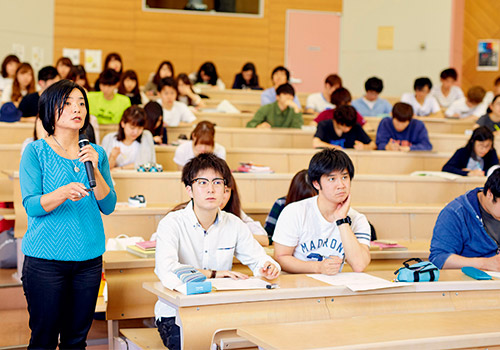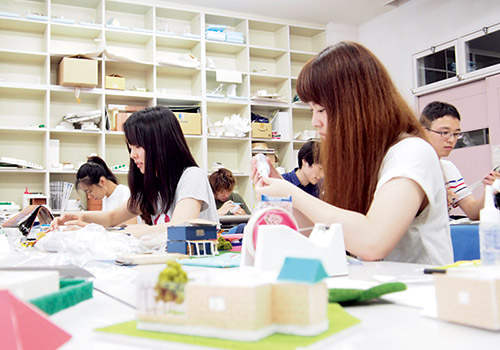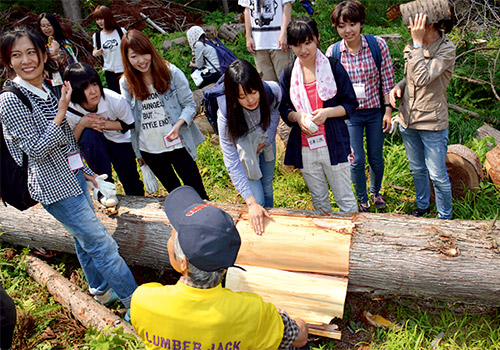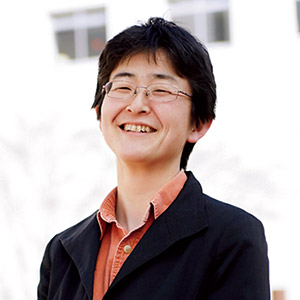Student Development Goal
We develop human resources that contribute to the creation of a society in which people can aim to live sustainable and bountiful lives and achieve symbiosis with diverse environments.
Characteristics of Learning

Creation of towns in which diverse environments coexist
Students gain the ability to understand the individuals who make up the community, and to propose an attractive, safe, and secure life through the mechanisms of town development, culture, and connection with nature.

Conservation of biodiversity and a sustainable society
Students learn about the relationship between people and the natural environment, deepen their understanding of the coexistence of various phenomena and human activities, and acquire the ability to propose and practice an environment where people and nature can coexist.

Learning about the environment and society
Students acquire knowledge and thinking skills that foster a sense of active involvement in the creation of a sustainable society in the workplace, regional society, and family life.
Would you like to see how our lifestyle is connected to the natural environment?

Assoc. Prof. Tae Toba, Ph.D.
- Specialization
- Literature of Forest and Water, Forest Ecology
- Class Subjects
- Symbiosis Environment, Introduction to Regional Resources, Forest Conservation, Practical Training in Surveying
- Seminar
- In this seminar, students will study broad areas ranging from microclimates, such as heat islands, to animals living in the forest of Shokei, such as raccoons and wild rats, with practice in the field playing a central part.
Perhaps you have often heard the phrase “sustainable this or that.” It is difficult to continue and maintain something, whatever it may be, but in various situations, it is something that must be done. If you acquire knowledge by learning and experiencing various things, that knowledge will become a powerful ally.
Class Recommendations by Assoc. Prof. Toba
Forest Conservation
We will examine forests from multiple perspectives, from their social aspects, such as how forests are connected to humans and how to use them, to their natural science aspects, such as how forests are related to global warming and the creatures that live in the forests.
Introduction to Regional Resources
Students will learn about primary resources such as minerals and food ingredients, predominantly in the Tohoku region, and about secondary resources such as local specialty products, skills, and people that have deep connections to the region.
Learn how to protect, create and foster our living environment.
Assoc. Prof. Tamaki Baba, M.Ed.
What do you think about attractive town? It is true that the urban city with many café and shops is attractive. But, in the aging society, it is important to make closer residential area attractive. Let’s find the crucial factors for the town people can continuously live.
Class Recommendations by Assoc. Prof. Baba
Dwelling Life Studies
Learn about the essence of dwelling life design from the viewpoint of energy-saving, energy-creation and environment.
Cityscape Theory
Research on the cityscapes of various cities and learn design technique necessary to design attractive cityscape.